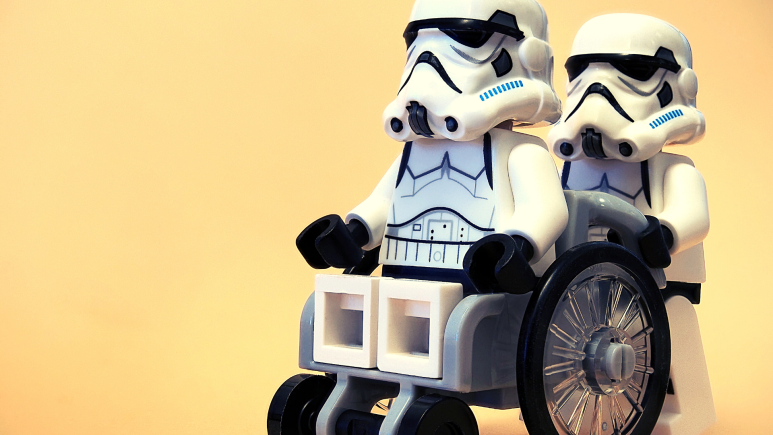
Thanks to the rise of websites like BuzzFeed, the “listicle” (an article which comprises of a list of separate but related items) has become increasingly popular as a way of sharing pop culture trivia and opinions, & I’d be lying if I said I didn’t enjoy them. Why then, it hadn’t occurred to me to create my own listicle, is beyond me. Fortunately, my Twitter followers have their wits about them, and when during a brain-storming session I asked them for ideas because I absolutely will stoop that low, this was one of the first suggestions. Here we have the result; my personal top ten favourite disabled characters in film & television.
I’ll preface this by saying that disability is one of the most under-represented protected characteristics in the media, and therefore it wasn’t especially hard for me to narrow down my options, most of which predictably come from science fiction and comic book adaptations if you’re already aware of my stellar tastes. What I did notice while putting this list together were some very interesting if worrying trends; perhaps you will spy these as well…
One last thing before we begin: SPOILER ALERT. You have been warned.
10. Chief Sousa (Agent Carter).

This criminally underrated series follows Agent Peggy Carter after the end of Captain America: The First Avenger, or about a year after the end of World War 2 if you don’t follow the Marvel movies. One of the most compelling characters in the entire cast is her colleague and eventual boss Daniel Sousa. Sousa was injured during the war and lost a leg as a result, now relying on a prosthetic leg and crutch to get around. He chases and arrests targets with relative ease, even using his crutch as a weapon from time to time. Parallels are drawn between the battles Agent Carter faces due to sexism, and the ableism Sousa experiences, and in season two Dr Wilks’ fight against racism is added to the mix. This drawing of parallels between the different types of discrimination is handled pretty well, and helps to highlight how the struggles of oppression are shared among all the protected groups, even if the acts of discrimination themselves differ.
9. Logan Calloway (Locke & Key).
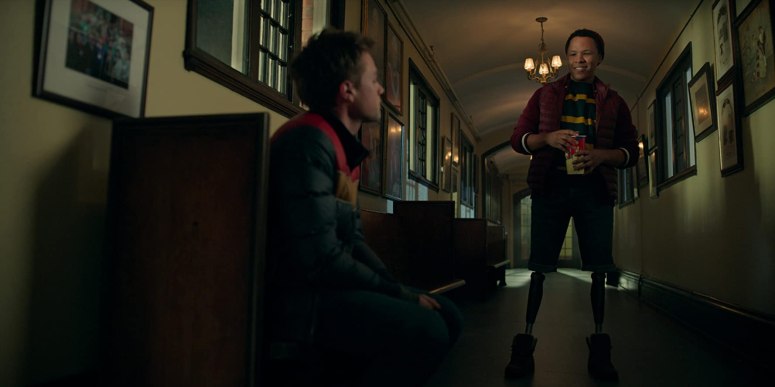
Logan Calloway is a double-amputee adolescent who goes to the same school as the main character of the series, and certainly in the Netflix adaptation at least, is the very epitome of disabled snark. When asked if he wasn’t cold as he was wearing shorts during the winter months, he pointed down at his prosthetics and proclaimed “Do they look cold?” with such genuine exasperation I quickly figured that the actor himself was disabled (I googled it; he is). It’s never addressed how he lost his legs, and beyond the odd humourous quip and keying the car of the school jock who parked in the disabled parking spot, it doesn’t really come up at all. It is just a feature of the character, like a hairstyle or their accent. It’s a brilliant representation that not only normalises disability, but normalises the integration of the disabled with the able-bodied.
8. Kanan Jarrus (Star Wars Rebels).

Kanan is one of the few Jedi who manages to escape Order 66, the execution order for all Jedi given to the clone troopers in Revenge of the Sith. While he never got the opportunity to become a Jedi Knight, he ends up teaching a force-sensitive orphan as his padawan, at the same time leading a small, disjointed band of rebels trying to undermine the Empire. He is also not disabled.
During a battle with Darth Vader’s new apprentices, he is blinded when someone (more on him later) tries to kill him, but misses. While being able to use the force gives him a major advantage, Kanan still has to learn to live with the loss of his sight. One small detail that I do appreciate is after becoming blind, his precision-shaved beard and neat hair become a little longer and scruffier. His focus on his self-image is shifted, and while he still maintains his appearance, the loss of his sight is not portrayed as something to be pitied or as ending his career. A few episodes later the disabled snark starts, and from then on, his blindness is a feature of the character and not a plot device.
7. Agent Coulson (Agents of Shield).

While Agent Coulson doesn’t feature in the Avengers movies much due to Loki stabbing him through the heart, which did seem fairly final at the time, he did get his own spin-off series where he is brought back to life. There’s an alien city buried in the Earth, a special chemical that kills humans unless they have a specific alien gene at which point they develop super powers, they get trapped in a Matrix-like computer program by an angry murder-bot, and they go to the future and witness the preventable destruction of the Earth. It’s WILD. In the midst of all this Coulson, who seems to have a strange affinity for blades, loses a hand. He’s provided with realistic prosthetics that get increasingly ridiculous abilities courtesy of the teams’ engineers, which is all fine and dandy until a strong electromagnetic pulse knocks out a city’s electricity, including items with an independent power source. So his hand becomes stuck to the steering wheel of the car because he can’t unclasp it. It’s ridiculous, it’s the stuff of disabled dreams, & I felt like a terrible person for laughing.
6. Geordi La Forge (Star Trek: The Next Generation).

Geordi is blind and thanks to the miracle of modern technology, has his eyes replaced with shutter-shades long before Kanye was sporting them. His new “eyes” don’t actually allow his to see in the conventional sense, instead providing him with a new way of sensing objects around him, almost like a bat using echolocation. While his blindness is a plot-point on occasion, for the most part it is just a feature of the character, again helping to normalise disability. Geordi is a much-valued member of the team who contributes a lot to their work, going against the stigma that disabled people aren’t fit for employment, and due to the unusual appearance of his “eyes” is easily one of the most recognisable characters from the show.
5. Captain Pike (Star Trek, and Star Trek: Discovery).

Once again Star Trek makes another appearance on this list, which either says something about my taste in television, or says a lot about their representation of disabled people. Captain Pike leads the team in the pilot episode of Star Trek, and later in the series is revealed to have had a horrific accident that has left him unable to speak or move. He uses a motorised box with only his head protruding to move around, but it was the 60’s so I’m sure the lack of detail can be forgiven. Everyone barring Spock fails to recognise that he still holds the rank of Captain, which makes for a mic drop worthy moment when the commander says they don’t have enough people of a high-enough rank to conduct a tribunal. It eventually ends with him returning to a planet of mind-controlling aliens who construct false realities, where he essentially leaves his broken body behind to join his love, a woman who met a similar fate some time before. This part is a little problematic perhaps, painting disability as a pitiful circumstance, but compared to any other material on the matter from the 60’s, or even today, it remains an outstanding example of disability representation in the media.
In the recent prequel series Discovery we encounter Captain Pike prior to the accident, which due to some time-bending crystals he is forewarned of. Even with that knowledge he chooses to proceed without a fuss as his actions will save the lives of many when the day arrives, a storyline which I felt was handled very well and did the character justice.
It’s also worth noting that Star Trek has a history of including wheelchair-using characters in their shows. This includes the extra in Discovery, and also the ambulatory wheelchair-user Melora Pazlar in Deep Space Nine. Melora in particular is an excellent representation of disability, and the only reason she doesn’t have her own spot on this list is purely because she appears in one episode.
4. Darth Vader (Star Wars franchise).
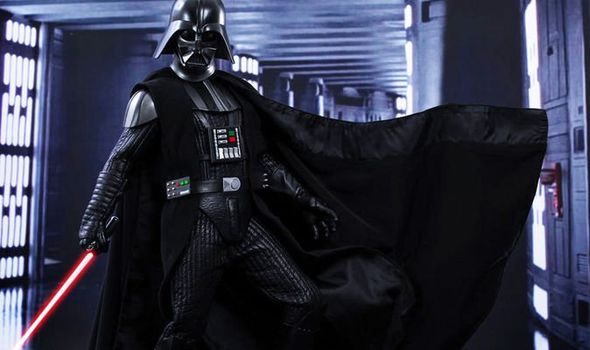
Anakin Skywalker progressively gets more and more of his body chopped off throughout the prequel trilogy, until eventually he becomes more machine than man, in the words of Obi Wan Kenobi at least. Darth Vader is then the main antagonist throughout the original trilogy, chasing after his delinquent offspring despite having prosthetics and robotics covering his entire body, including equipment to breathe for him (albeit ruining any chance Vader might have had at being stealthy). He’s quickly established to be a powerful and eventually sympathetic character, someone to be respected, and more than capable of holding his own in battle, with a strange disliking for sand. There really isn’t much more to say about him other than he’s probably the most well-known disabled character in pop culture who nobody thinks of as disabled.
It would seem that Sith Lords have an aptitude for losing limbs. By the time the animated series The Clone Wars draws to a close, Darth Maul has gone through four sets if limbs, the first set having been removed by Obi Wan at the end of The Phantom Menace. The light-sabre cauterises the wound, allowing Maul to survive against the odds. He builds himself some spider legs, which later get replaced with robotic legs with the help of the witches of his home world. Finally, after further combat trying to avenge his first set of legs, including the fight that left Kanan Jarrus blinded, he is given more humanoid robotic legs. By this point Maul has become a compelling character who you almost side with, when his perspective is known. Then, because he is an a*s like this, Obi Wan kills him. Properly, this time.
3. Professor X (X-men franchise).
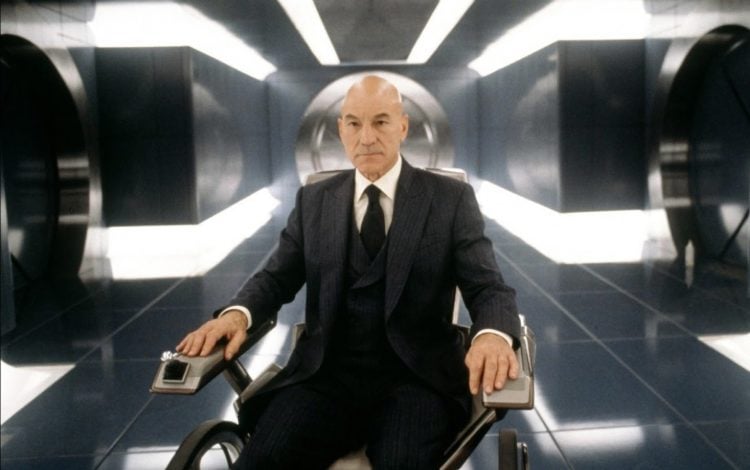
A list of disabled characters would of course be incomplete without at least a mention of Professor X from the X-men series. The professor is perhaps the strongest of the mutants but is frequently overlooked due to his obvious disability, yet his power is not the cause of his disability or vice versa. Depending on which of the many parallel universes across the comics and films you delve into, it could be argued that he would not have become disabled without his powers, as without them he would not have been in the particular time or place where he became disabled. However, the separation between the injury and his powers means that there aren’t really any implications of being “gifted” or “cursed”, which could have easily undermined the character had Stan Lee created such a scenario. Professor X is one of the most well-known disabled characters in film & TV; in fact, for most people, he’s the figure that immediately springs to mind when asked to name a disabled character.
2. Freddy Freeman (Shazam!).
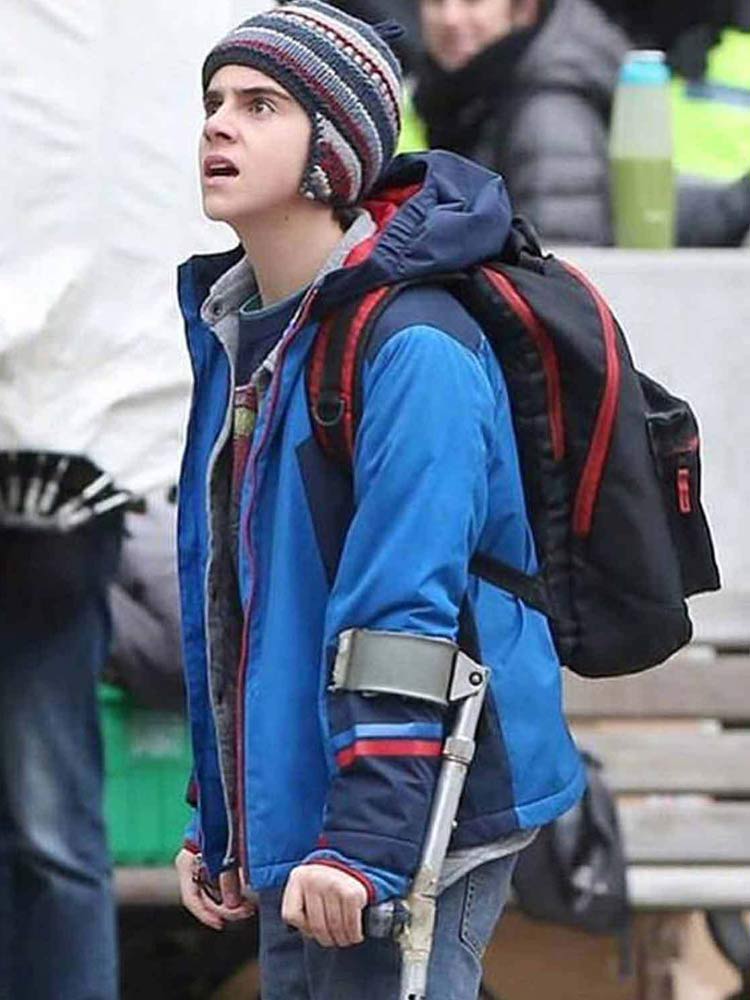
Shazam! is a decent, if predictable film about a teenager who is suddenly gifted with superpowers, and is about as responsible with said powers as you might expect. I enjoyed watching it immensely, but it would be fairly unremarkable if it were not for the side character Freddy Freeman. Freddy lives in the same foster family as the protagonist, Billy, and just so happens to use crutches to move around. Upon meeting, Freddy tells Billy that the foster parents are abusive and pushed him out of a window, before confessing that he’s joking and he’s actually got terminal cancer, before confessing once again that he’s joking. The cause of his disability is not mentioned again, and any disabled person who has had to put up with the “what happened to you?” line of questioning can relate to Freddy and his seemingly insensitive humour immediately. Towards the end of the movie Freddy is also gifted powers. I half-expected him to marvel at his ability to now walk without crutches, but was pleasantly surprised when he exclaimed that he could now fly. This seemingly insignificant detail solidified this film as one of the best representations of disability in modern cinema, and I’m told his comic counterpart is equally excellent.
- Oswald Cobblepot a.k.a. The Penguin (Gotham).

Oswald Cobblepot is ambitious and highly intelligent, manipulating those around him to get what he wants, while somehow managing to remain charismatic and likeable even when committing heinous crimes. His on-an-off-again partnership/rivalry with The Riddler is one of the shows’ best plotlines, and while his disability is absolutely an essential aspect of his character arc, it does not totally define or over-shadow his personality. Oswald inserts himself into Gotham city life with ease, fully aware of the way people view his disability but simply not caring about it either. What’s more, his character remains consistent throughout each series, and the motives for his crime never have anything to do with being disabled, whether that be desperation for a cure or a jealousy of others. From the very first episode to the last, he is my favourite character, and favourite representation of disability in film and TV.
***
At the start of the article I mentioned some trends I had noticed when putting this list together, and I have no doubt that the astute among you will have been able to pick them out already. The vast majority of the characters are white or male, nor can they be described as main protagonists or antagonists. In the world of film and television it would seem that compiling more than one protected characteristic onto the same person is just too complex to handle. I would definitely like to see more inter-sectional characters, and I would also like to see more disabled leading roles (where the show isn’t about their disability, they just so happen to be disabled). While I was able to compile this list just from my own knowledge and preferences, this just goes to show that we still have a long way to go when it comes to the representation of disability in pop culture.

I just did something similar to this on my blog just one post ago! You’re definitley right that there isn’t often inter-sectional disabled representation. I’m quite a fan of superheroes and comic books. There, I often see writers unintentionally erasing character’s disabilities by giving them superpowers or gadgets which ‘fix’ their disability. They don’t realise that, by doing so, they take away any of the challenges their characters would encounter if they were actually disabled in real life, and therefore become utterly unrelatable to disabled readers. That’s one of the reasons why I liked Professor X: because his powers didn’t change the fact that he was in a wheelchair and still couldn’t walk. I really enjoyed this new style of post!
LikeLiked by 3 people
It seems to have been well received! I definitely can do more of these, just not every week as they take a lot of work. Disabled representation in nerd culture is fairly good compared to other media
LikeLike
Two more to add to that, possibly three one is Hawkeye from the comics not movies or television from Matt fractions run I have to wear hearing aids and he so does he.
or add in a not so toxic or butt of the joke kind is Tony Stark although it is never explicitly stated that he has it.
But my favorite what’s called »other thinking character« I don’t want to use the word autistic as it didn’t exist back then, but is Spock.
LikeLiked by 1 person
I also somehow forgot Furiosa?
LikeLike
Damn it, so did I….
LikeLiked by 1 person
Raising Dion has a great disabled little girl in it, played by a disabled actress, with an actual nod to the notion that she doesn’t need “fixing”. And I believe she is latinx. In his fairly innocent and poor understanding of her experience, he telekinetically lifts her out of her chair and moves her legs. She gets very upset at this, and he doesn’t understand why at first. But part of the plot is him having to figure this out and talk it through with her and apologize. Rare writing. Maybe not perfect, but a hell of a lot better than I’ve seen in a lot of places.
LikeLiked by 2 people
I’ve never heard of this; recommended read?
LikeLike
It’s a pretty good Netflix original about a little boy who gets super powers by mysterious means. He and his mom try to navigate it and figure it out while facing the bad guys. Her disability isn’t the central plot by any means, and she is delightful for so many reasons. This is simply a subplot of one of the episodes. But one that was well worth taking the time to do. The show is pretty endearing on the whole. It’s supposedly getting a second season at some point.
LikeLiked by 1 person
Thanks for the recommendation!
LikeLike
Liz Carr who played Clarissa in Silent Witness for 8 years
LikeLike
Wow. Will definitely be checking out Agent Carter! One of my favourite disabled characters in sci-fi (for a while) was Logan in Dark Angel. He’s a computer geek and backup to the main character Max, who has superpowers and a backstory very similar to X-Men. Logan isn’t disabled at the beginning but becomes so as part of the story. His injuries mean that he has to use a wheelchair but because his main role is computer-based it doesn’t really matter. They had a fabulous opportunity to have a character adjust to living with disability. They blew it. Logan was in love with Max but didn’t feel good enough for her because he was in wheelchair. She uses her superpowers to “fix him” and then they get together. I was so angry and disappointed. Thanks so much for your list of better representation. When I started reading I was wondering whether I could find 10 if I tried to do it myself!
LikeLiked by 1 person